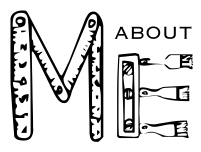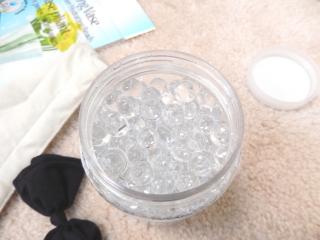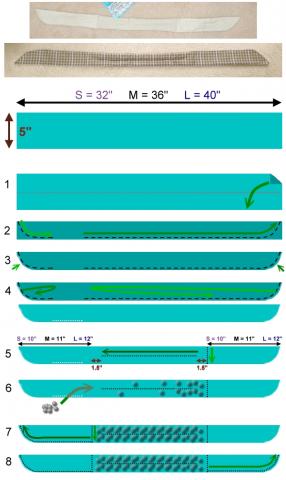
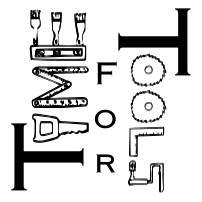

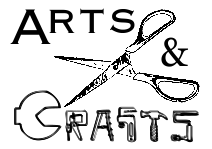


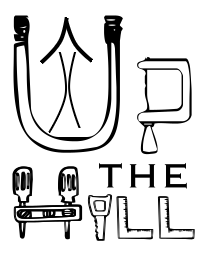

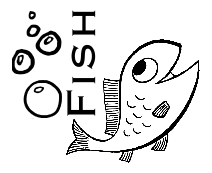

| Next Post - Previous Post List View
| |
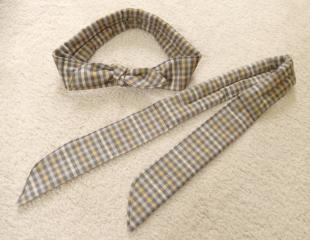 | 7/29/2014 3:30:15 PM How to Make Your Own Cooling Bands |
My recent trip to Topeka, Kansas was a long one with no air-conditioning, but having some cooling bands really made the difference and I had a fun time with my niece on her driving trip to visit my parents. I wrote a post about Road Trip Tips with some additional information about types of cooling bands, but since I have a hard time finding cooling bands when I need them, I thought I would also write up a "How To" for making cooling bands as well. 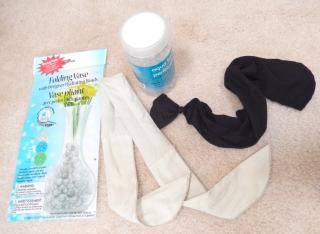 The cooling band in this tutorial is a cotton cloth band with polymer beads inside. The beads swell with water and slowly release the moisture. The moisture evaporates and creates a cooling effect, though the band may need rotated frequently in very hot conditions. These are great for light cooling and pretty permanently re-usable (just make sure you hang them with air-flow when not in use so that they do not mildew, and occasionally wash by hand with a little soapy water then rinse and hang to dry). The cooling band in this tutorial is a cotton cloth band with polymer beads inside. The beads swell with water and slowly release the moisture. The moisture evaporates and creates a cooling effect, though the band may need rotated frequently in very hot conditions. These are great for light cooling and pretty permanently re-usable (just make sure you hang them with air-flow when not in use so that they do not mildew, and occasionally wash by hand with a little soapy water then rinse and hang to dry). There are three reasons to make these cooling bands instead of buying them. First, while the price may be cheap at a dollar store for these bands, they are made just as cheap. Extra thin material, rough edges, and mediocre sewing can lead to beads eventually getting squished and leaking little polymer bits from the sides and stitching. Second, while the dollar store price can make them perfectly reasonable as a semi-disposable item, finding them in a store when you want them is often impossible. And third, color choice at the store is poor at best compared to the wide array of colors available at a fabric store. So here is how to make them with higher quality and still at a very low cost. The cost can vary greatly depending on how much you pay for your cloth, but the average cost is probably $0.50 to $1.50 per band if you make several at a time. Supplies List:
Here is a picture guide with the steps detailed below: Click on Picture to Enlarge... ( The store bought is the cream colored band at top. I used it for my initial pattern, but made several changes to increase quality and durability. ) Note: I can use the "Small" size as a headband with a cute knotted bow. However, I have a very small head, so the medium or large is probably more appropriate for most people. However, if you will only be wrapping around your wrist or ankle, the small size may be fine for you. Cut the material to the length desired and five inches wide. 1. Fold material lengthwise. 2. Sew along edge with curves towards the folded edge at the corners, leaving a gap about two to three inches wide on one side after the curve. 3. Cut away excess on curve. 4. Turn the tube inside out through the gap and smooth out. 5. Stitch across the fabric at the correct distance from one end, and stitch down the center along the length of what will be the bead area... leaving a gap of 1.5 inches from the other stitching. 6. Insert beads through the gap and gently push them down into the center area. Fill to just barely past the center line stitching. 7. Stitch across the band to lock the beads into the center and continue along the outside edge towards the end. This stitches closed the gap and keeps the band flat and the end nicely curved. 8. Stitch the other edge to match. To use, soak the center of the band in water to hydrate the polymer beads and then tie as a head band, around neck, wrist, or ankle. | |
|
POST LINKS BACK TO: 7/29/2014 3:03:05 PM - Road Trip Tips | |
Next Post - Previous Post List View | |
Add Your Comment...


